Diller Scofidio + Renfro on the divine design of the MET’s ‘Heavenly Bodies’ exhibition
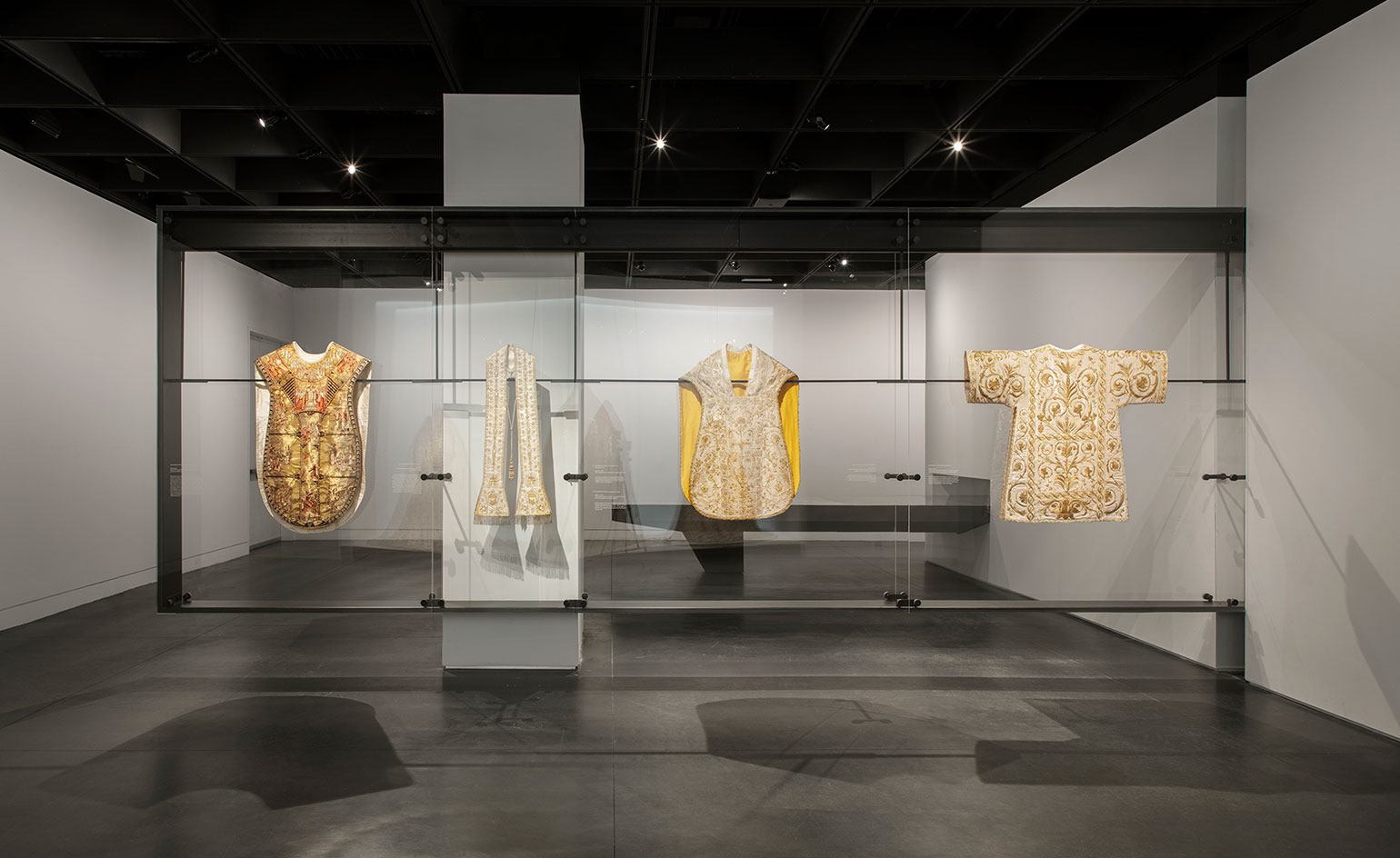
Given its track record for staging fashion spectaculars, the Metropolitan Museum of Art’s Costume Institute does not shy away from controversy by any means. Its latest effort, ‘Heavenly Bodies: Fashion and the Catholic Imagination’, which examines the influence of Roman Catholic imagery and symbolism in fashion, may have been polarising from the outset. However, installed within the museum’s galleries for Byzantine and medieval art, its Costume Center space and also uptown at The Met Cloisters, the historical context of viewing both ecclesiastical fashion and genuine religious garments bestows the exhibition with a palpable gravitas, whether you are a believer or not.
As the largest undertaking the Costume Institute has attempted to date, ‘Heavenly Bodies’ brings together over 150 garments, including 40 papal robes and vestments dating back to the mid-18th century, on loan from the Sistine Chapel Sacristy – an unprecedented move as some of them have never been seen outside of the Vatican exhibition space in the museum, the task was given to Diller Scofidio + Renfro to create a cohesive exhibition design to bring it all together.
‘We were really game to take on such a complex theme,’ says founding partner Liz Diller, who also oversaw the firm’s design for the museum’s Charles James retrospective in 2014. ‘The idea of bringing in all this modern and contemporary fashion with [objects] from the Vatican was a challenge to figure out how do. To do it both in the spaces of the museum and at the Cloisters – there was a lot that had to be thought through and resolved.’
‘We spent a lot of time in the early days talking about taking the subject matter seriously on its own terms, but also not being overly reverential and trying not to do anything campy or too narrative. Keeping a foot in the museum and then also [bringing] something more elevated was something we tried to get the right balance for,’ adds project lead Kumar Atre.
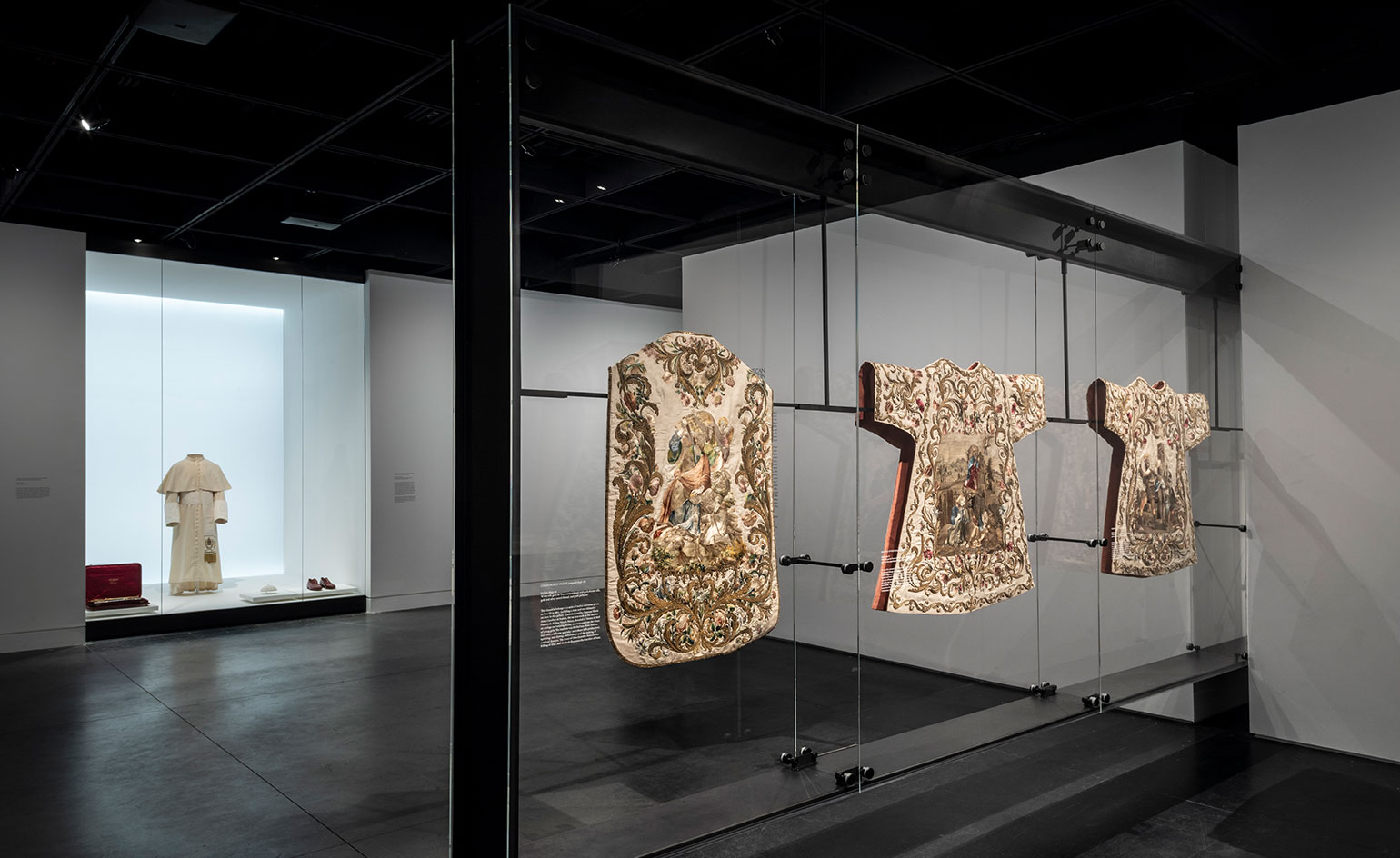
Diller Scofidio + Renfro’s display system maintains a fresh, continuous thread through its design variations.
The exhibition opens in the Byzantine and Medieval art galleries, where ethereal creations from Dior, Givenchy and Valentino are situated alongside more austere, nun and clergy-inspired garb from Thom Browne and Yves Saint Laurent in its sanctuary-like setting.
DS+R specially designed a display system, made from concrete, steel and acrylic, that quietly adapted itself to the garments being showcased. From hovering platforms lightly suspended off the ground, to towering industrial pedestals and modern yet other worldly vitrines, the system’s variations maintain a fresh, yet continuous thread as viewers explore the various spaces.
Diller explains, ‘There was an existing museology in all the spaces, and so we had to intersect it in a way that was both respectful, but also give the show a coherence about it.’
From this historical backdrop, the exhibition moves on to the white-box Anna Wintour Costume Center, where the Vatican’s loaned objects are appropriately given their own moment. Papal robes are displayed in wide cases, while mitres and other accessories are shown in tall single vitrines, each visible on all sides so that visitors can appreciate the intricate embroidery and all its details.
The final part of the exhibition’s triptych strikes a more spiritual and contemplative note amongst the solitude of the Met Cloisters in Fort Tryon Park near the Bronx. Playing off the dramatic monastery architecture, creations by Rick Owens, Undercover and Gareth Pugh are presented in all their irreverent glory.
‘The show is in cooperation with other curators and a lot of other artifacts,’ Diller concludes. ‘There is a kind of thinking about all the links and a building of the choreography, but it’s also about taking advantage of and interpreting what’s already there.’
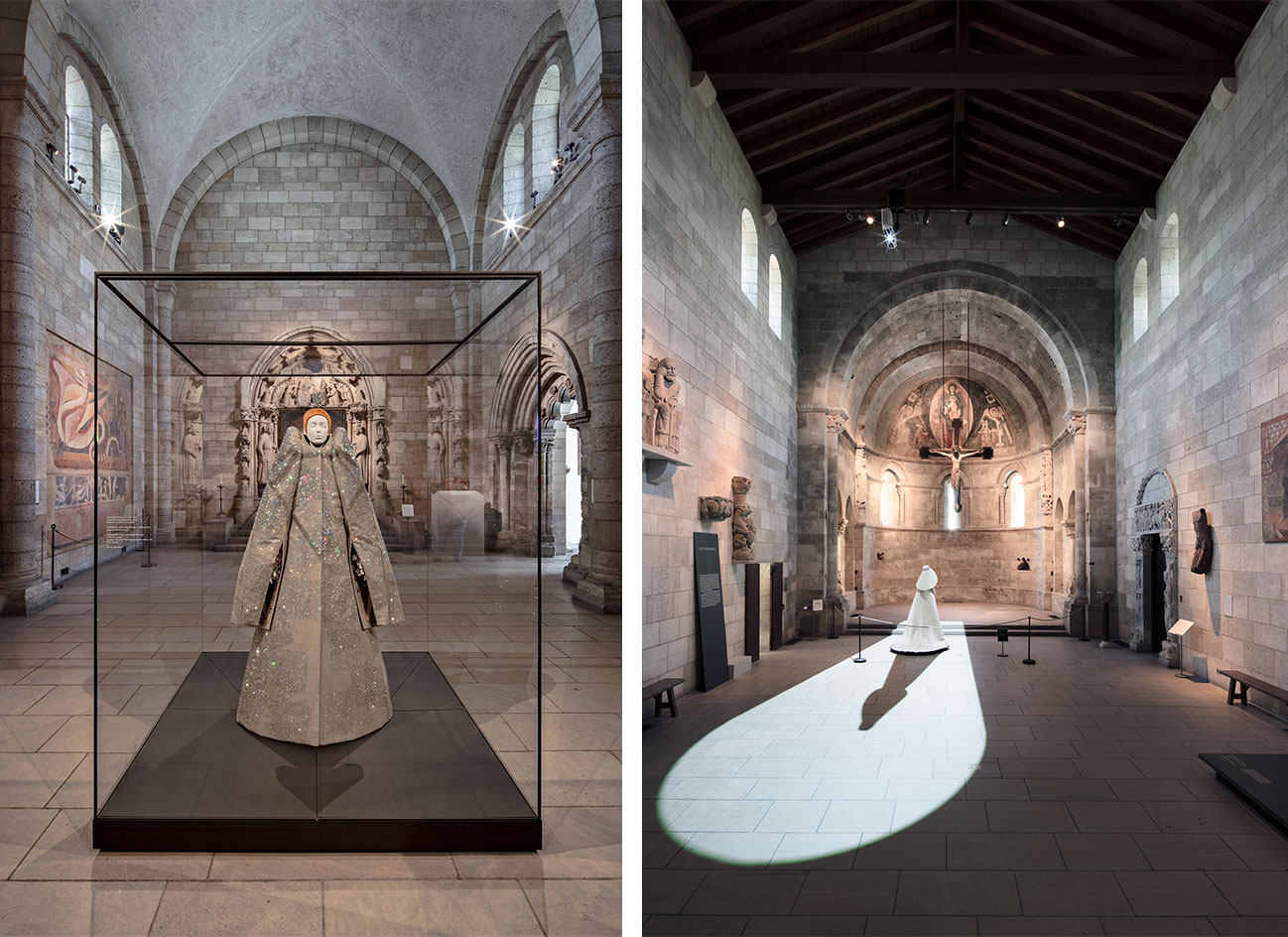
Installed within the Metropolitan Museum of Art’s Costume Center space and further uptown at The Met Cloisters, a new exhibition examines the influence of Roman Catholic imagery and symbolism in fashion.
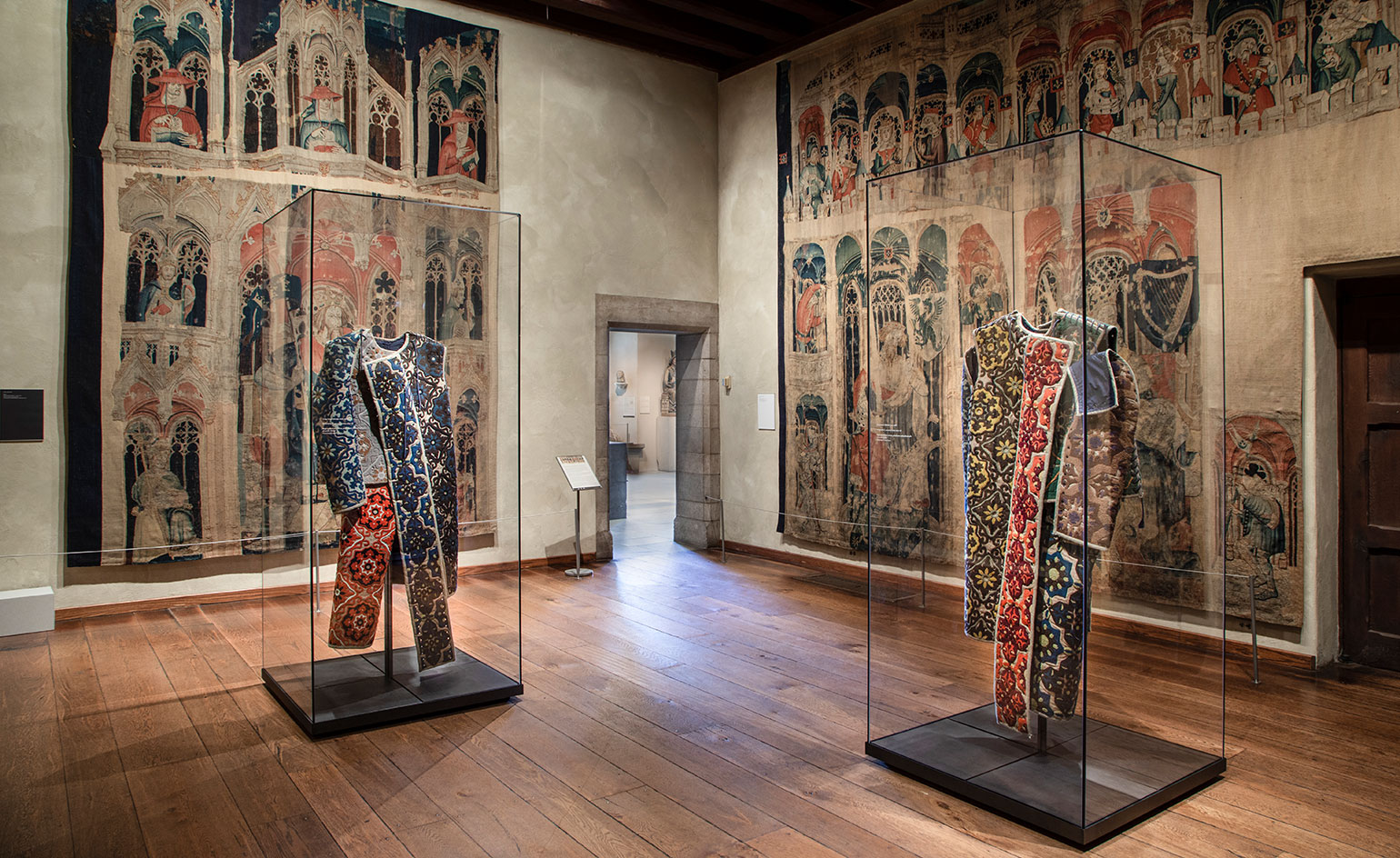
The subject matter was considered in relation to the exhibition spaces – the Byzantine and Medieval art galleries were selected for their sanctuary-like backdrops.
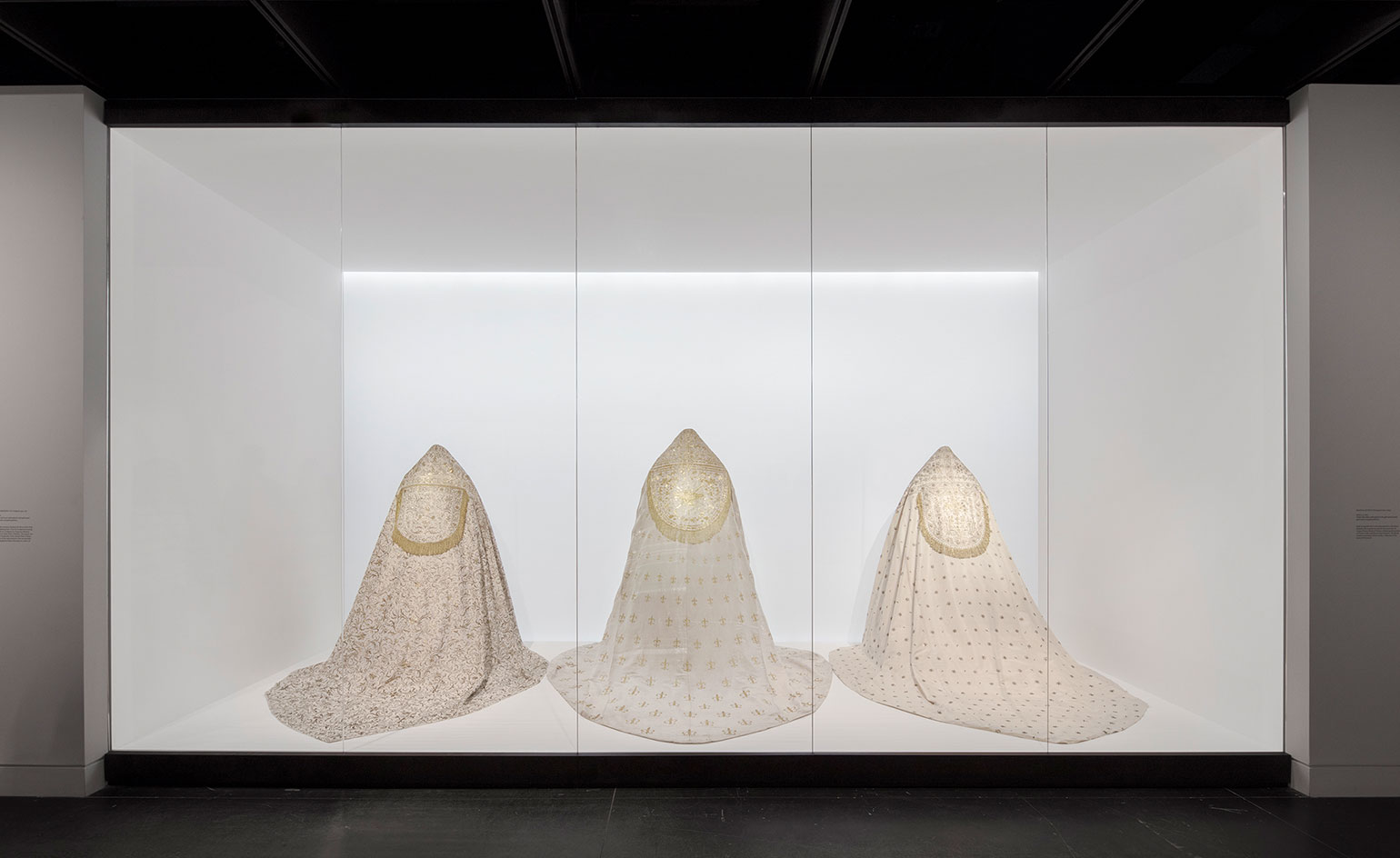
The white-box Anna Wintour Costumer Center displays the objects on loan from the Vatican, featuring Papal robes housed within wide cases.
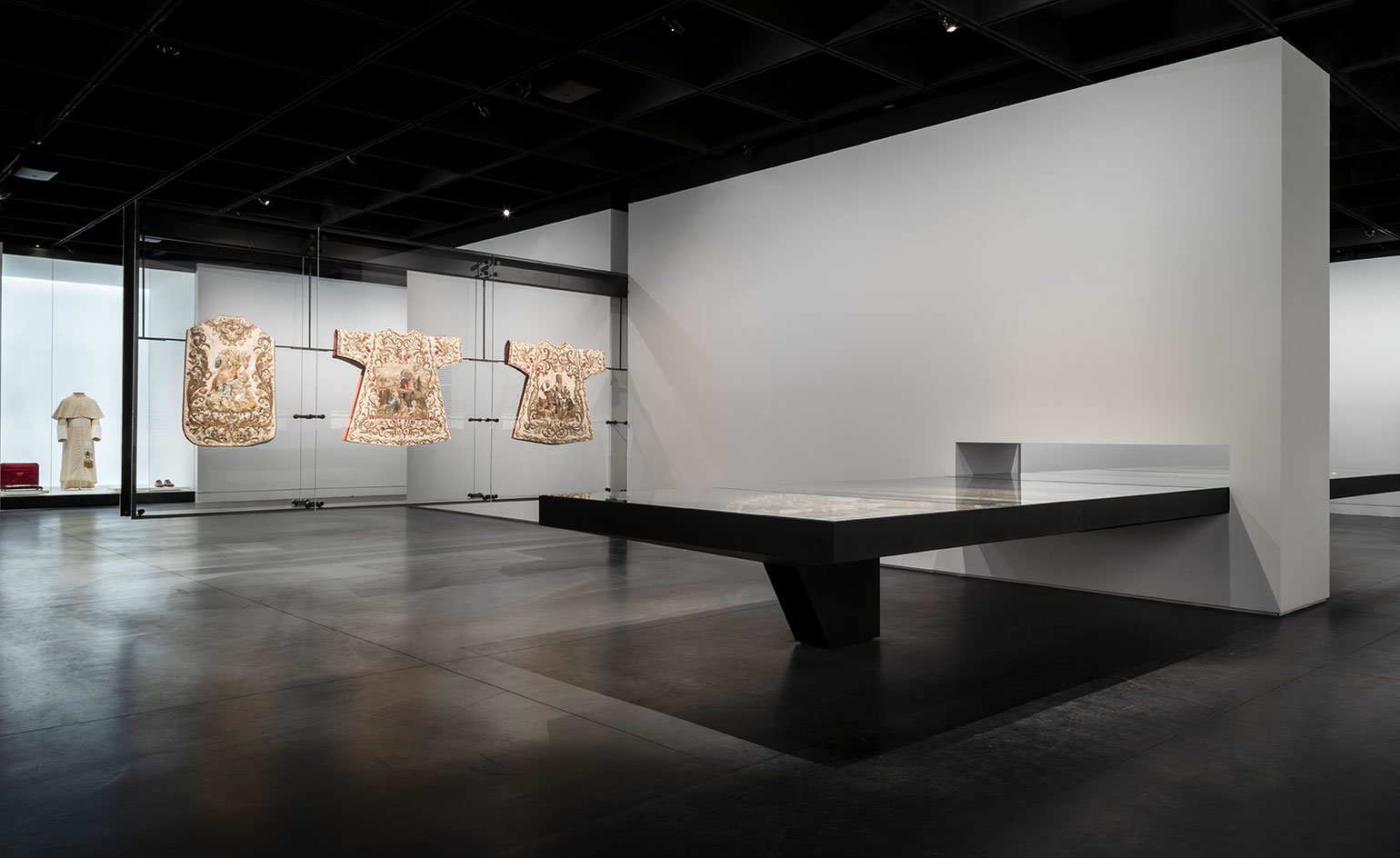
Diller Scofidio + Renfro designed a display system made from concrete, steel and acrylic, quietly adapted to the garments being showcased.
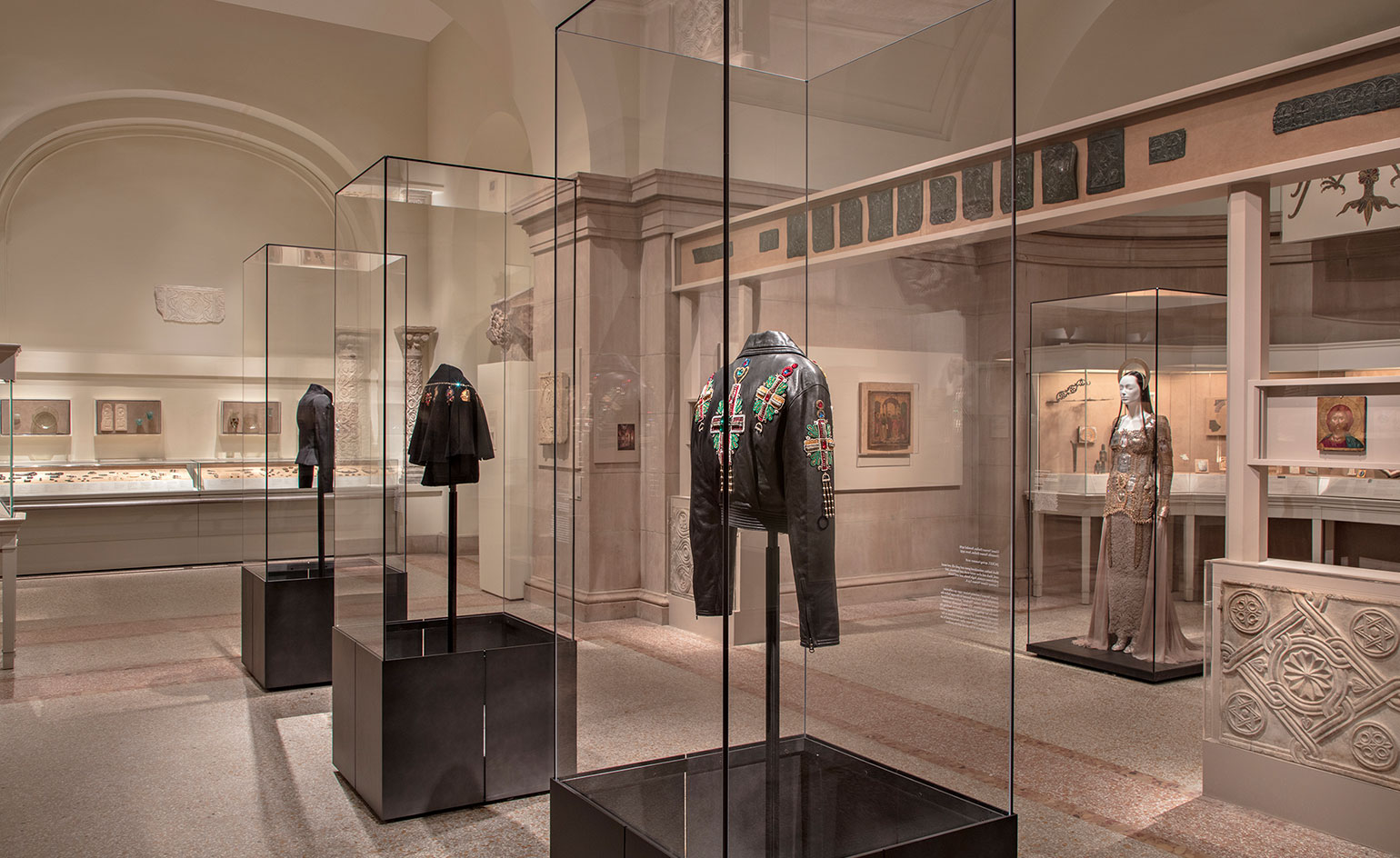
The final part of the exhibition features creations by Rick Owens, Undercover and Gareth Pugh, presented within the dramatic monastery architecture of the Met Cloisters.
INFORMATION
‘Heavenly Bodies: Fashion and the Catholic Imagination’ is on view from 10 May – 8 October 2018. For more information, visit the Metropolitan Museum of Art website
Receive our daily digest of inspiration, escapism and design stories from around the world direct to your inbox.
Pei-Ru Keh is a former US Editor at Wallpaper*. Born and raised in Singapore, she has been a New Yorker since 2013. Pei-Ru held various titles at Wallpaper* between 2007 and 2023. She reports on design, tech, art, architecture, fashion, beauty and lifestyle happenings in the United States, both in print and digitally. Pei-Ru took a key role in championing diversity and representation within Wallpaper's content pillars, actively seeking out stories that reflect a wide range of perspectives. She lives in Brooklyn with her husband and two children, and is currently learning how to drive.
-
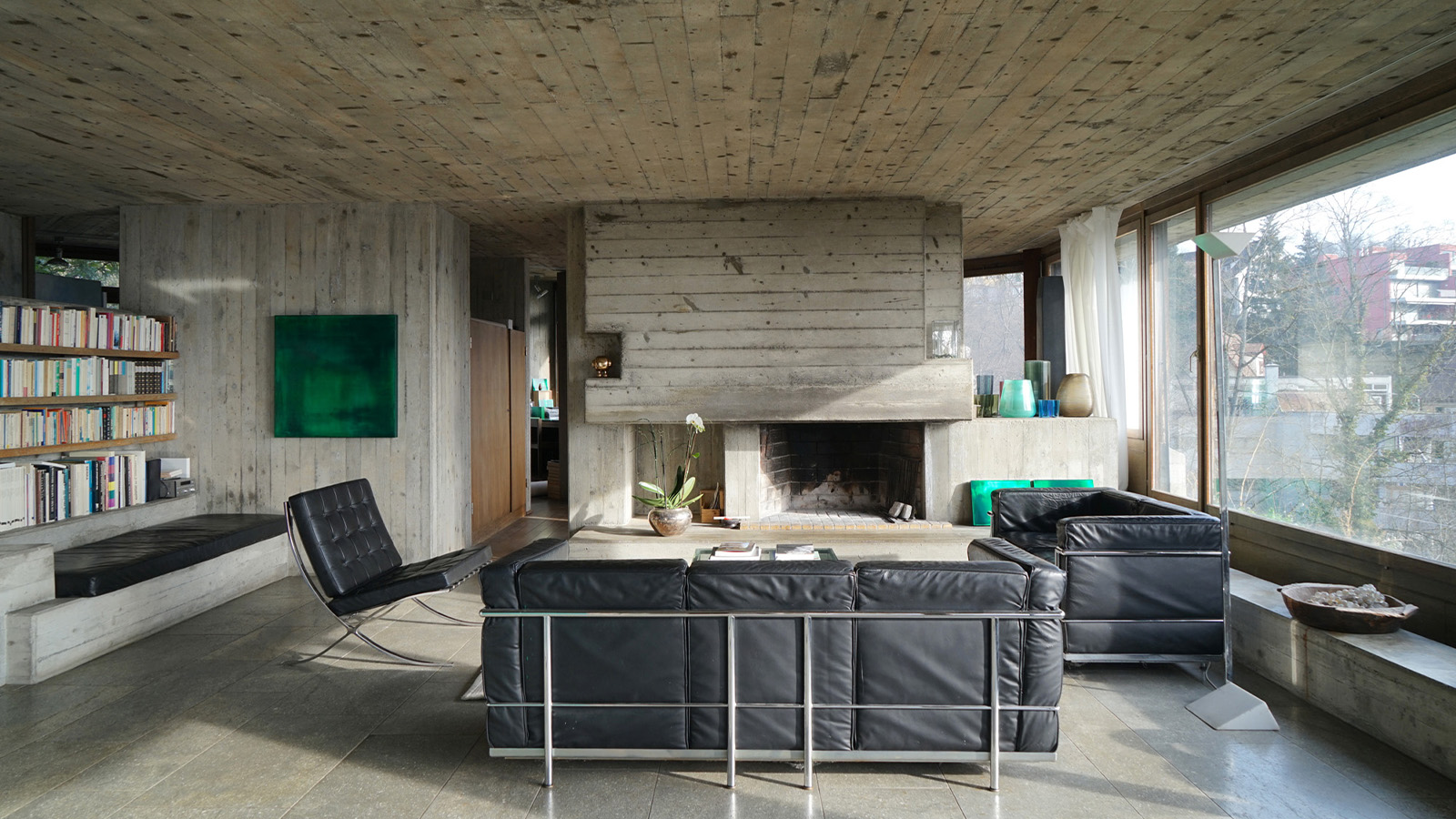 Inside architect Andrés Liesch's modernist home, influenced by Frank Lloyd Wright
Inside architect Andrés Liesch's modernist home, influenced by Frank Lloyd WrightAndrés Liesch's fascination with an American modernist master played a crucial role in the development of the little-known Swiss architect's geometrically sophisticated portfolio
-
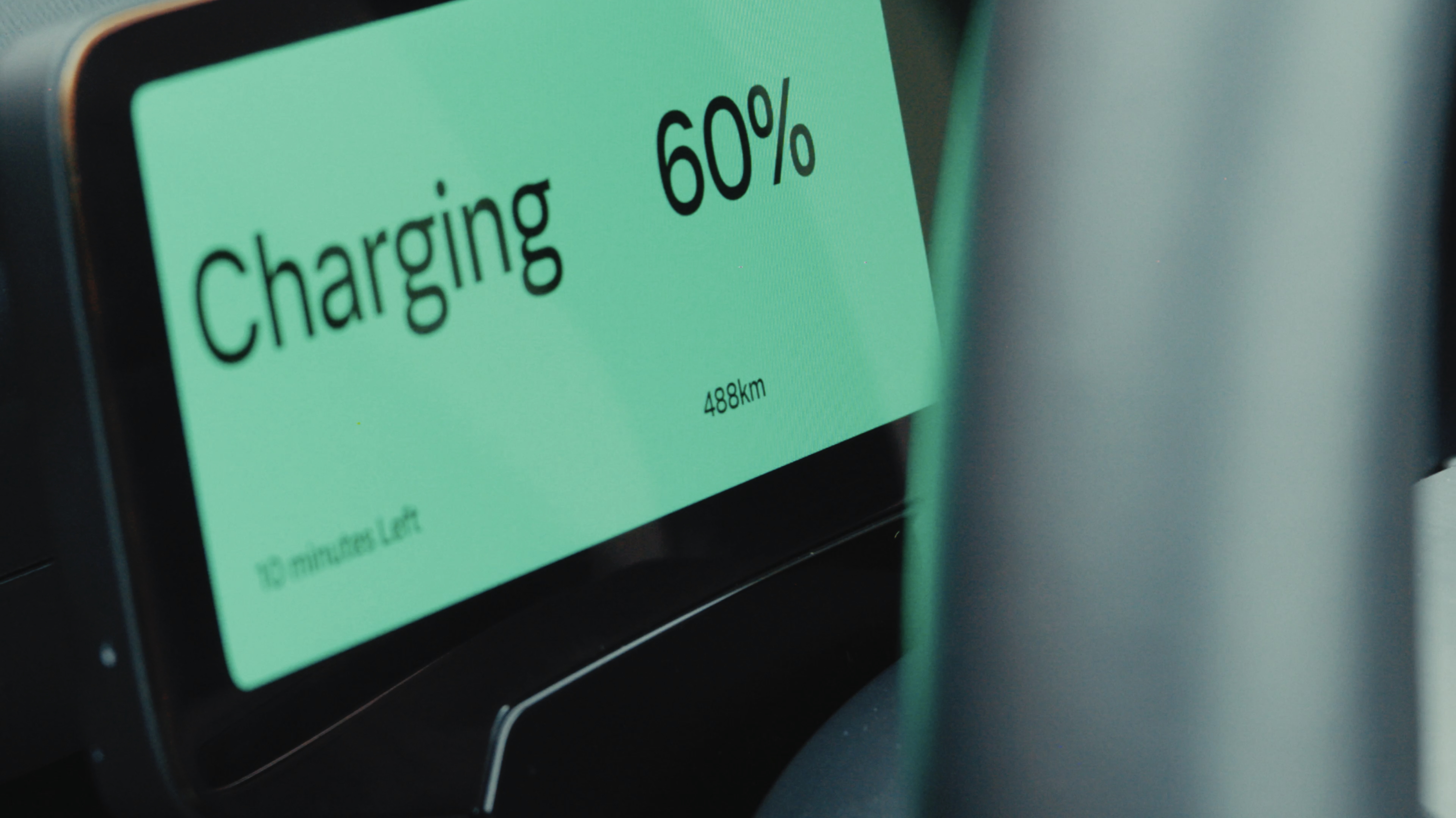 Volvo’s quest for safety has resulted in this new, ultra-legible in-car typeface, Volvo Centum
Volvo’s quest for safety has resulted in this new, ultra-legible in-car typeface, Volvo CentumDalton Maag designs a new sans serif typeface for the Swedish carmaker, Volvo Centum, building on the brand’s strong safety ethos
-
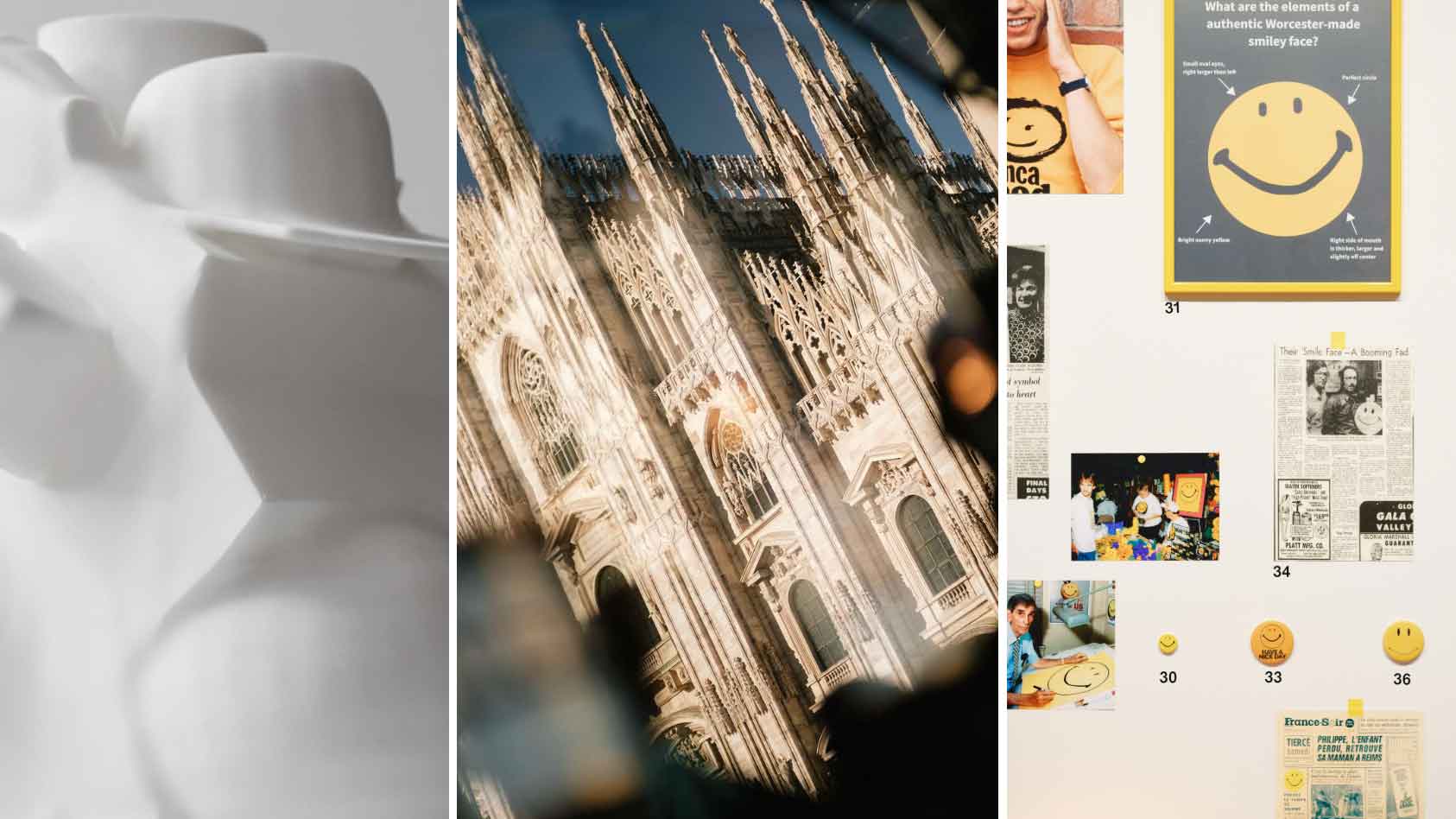 We asked six creative leaders to tell us their design predictions for the year ahead
We asked six creative leaders to tell us their design predictions for the year aheadWhat will be the trends shaping the design world in 2026? Six creative leaders share their creative predictions for next year, alongside some wise advice: be present, connect, embrace AI
-
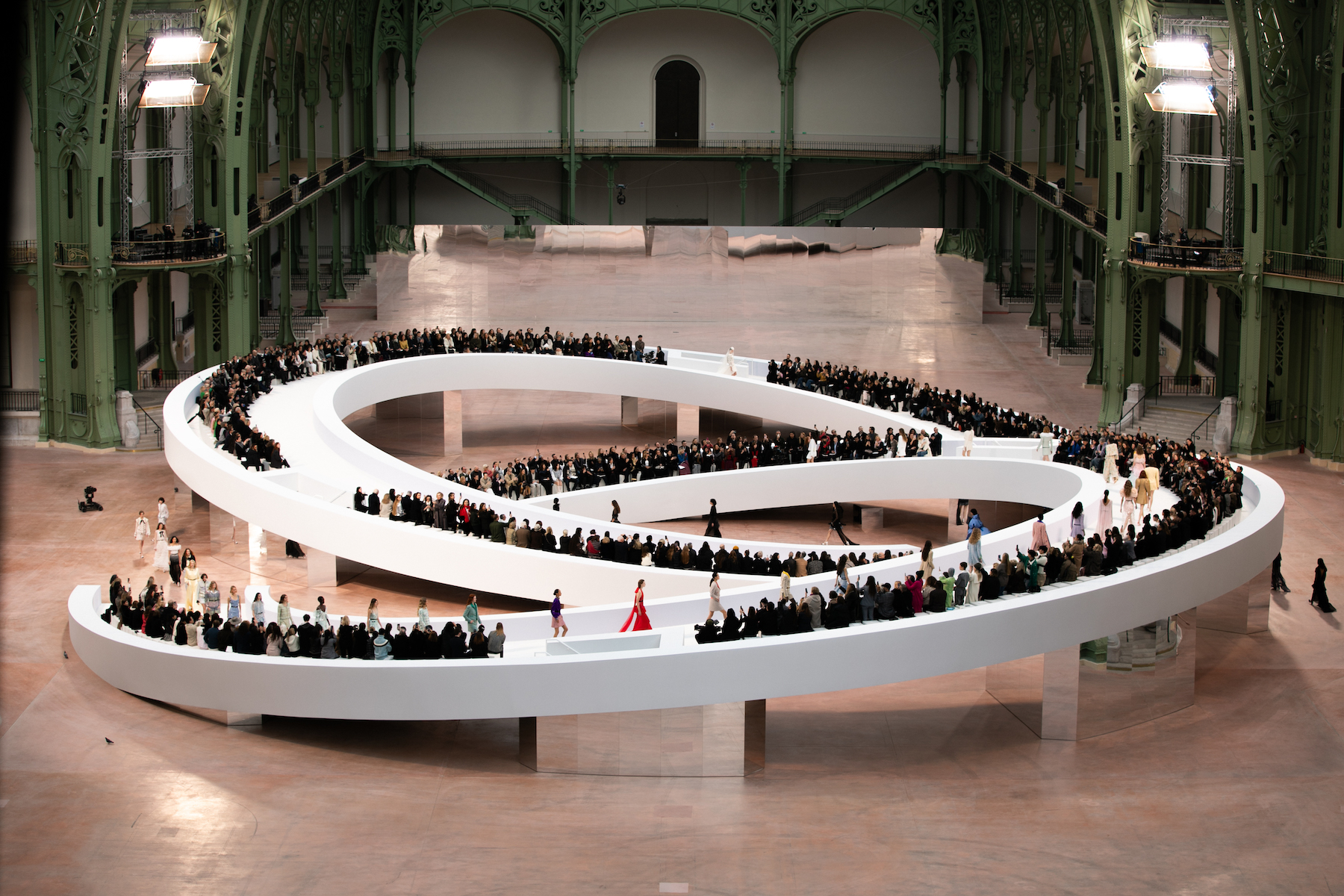 Haute Couture Week A/W 2025: what to expect
Haute Couture Week A/W 2025: what to expectFive moments to look out for at Haute Couture Week A/W 2025 in Paris (starting Monday 7 July), from Glenn Martens’ debut for Maison Margiela to Demna’s Balenciaga swansong. Plus, ‘new beginnings’ from JW Anderson
-
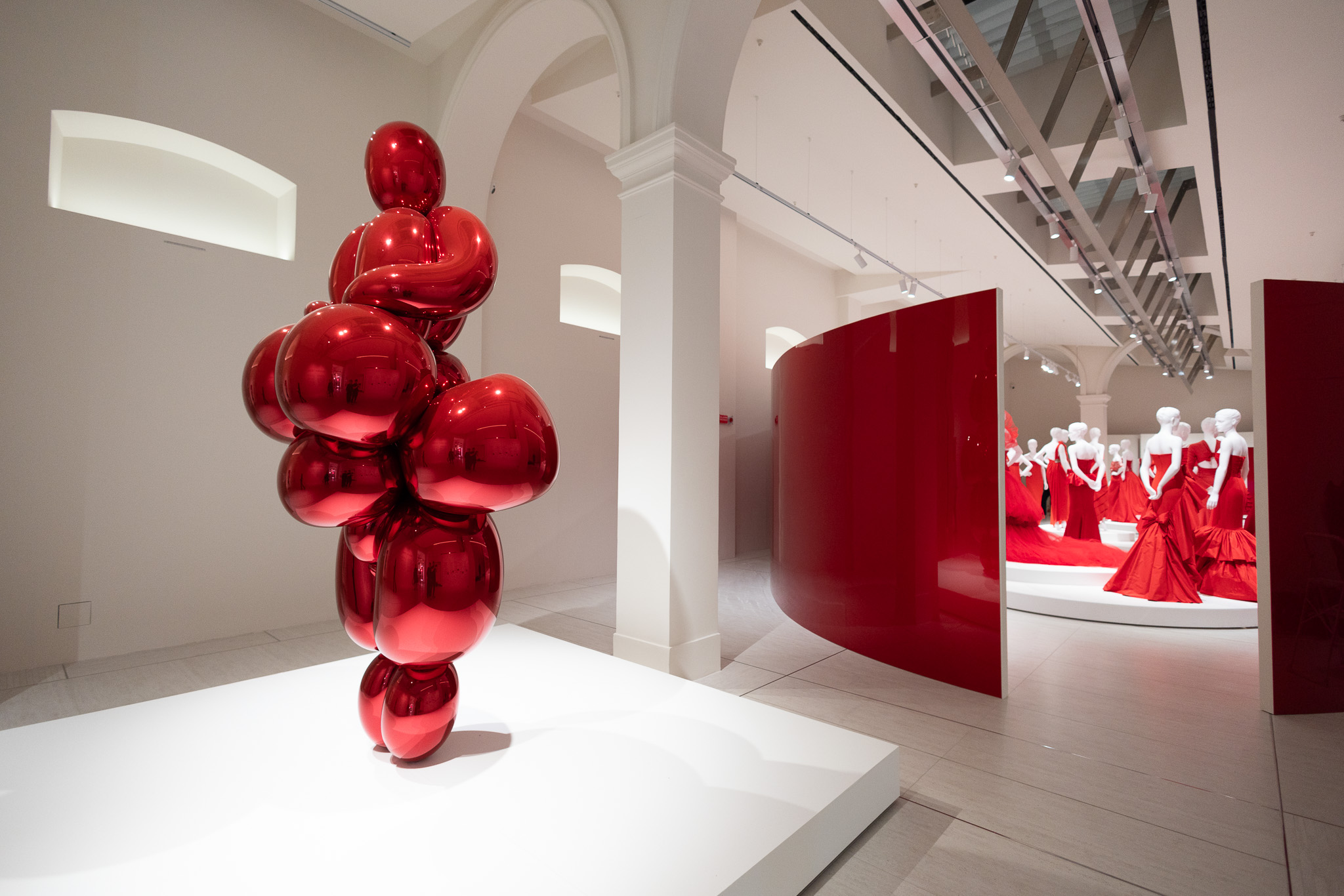 Inside the new Fondazione Valentino Garavani and Giancarlo Giammetti in Rome, which opens with an ode to ‘Valentino Red’
Inside the new Fondazione Valentino Garavani and Giancarlo Giammetti in Rome, which opens with an ode to ‘Valentino Red’Wallpaper* gets a private tour of the new Roman institution, PM23, which opens with an exhibition of ‘dialogues’ between Valentino Garavani’s designs and a catalogue of red-hued contemporary art
-
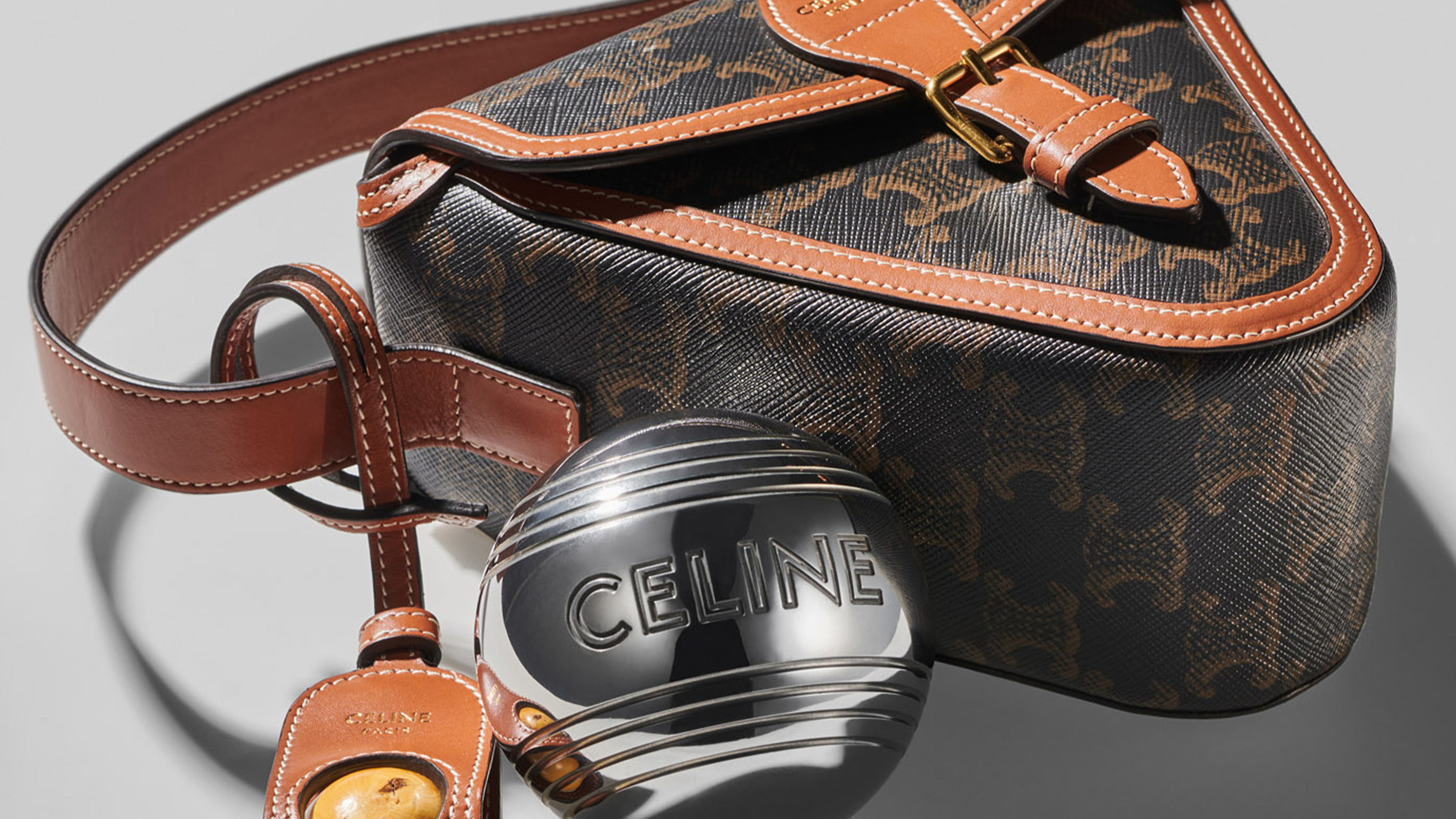 Summer games, from pétanque to pool floats, get a fashionable spin
Summer games, from pétanque to pool floats, get a fashionable spinFrom a luxurious pétanque set to pool floats and playing cards, summer games and toys from the world’s best-known fashion houses
-
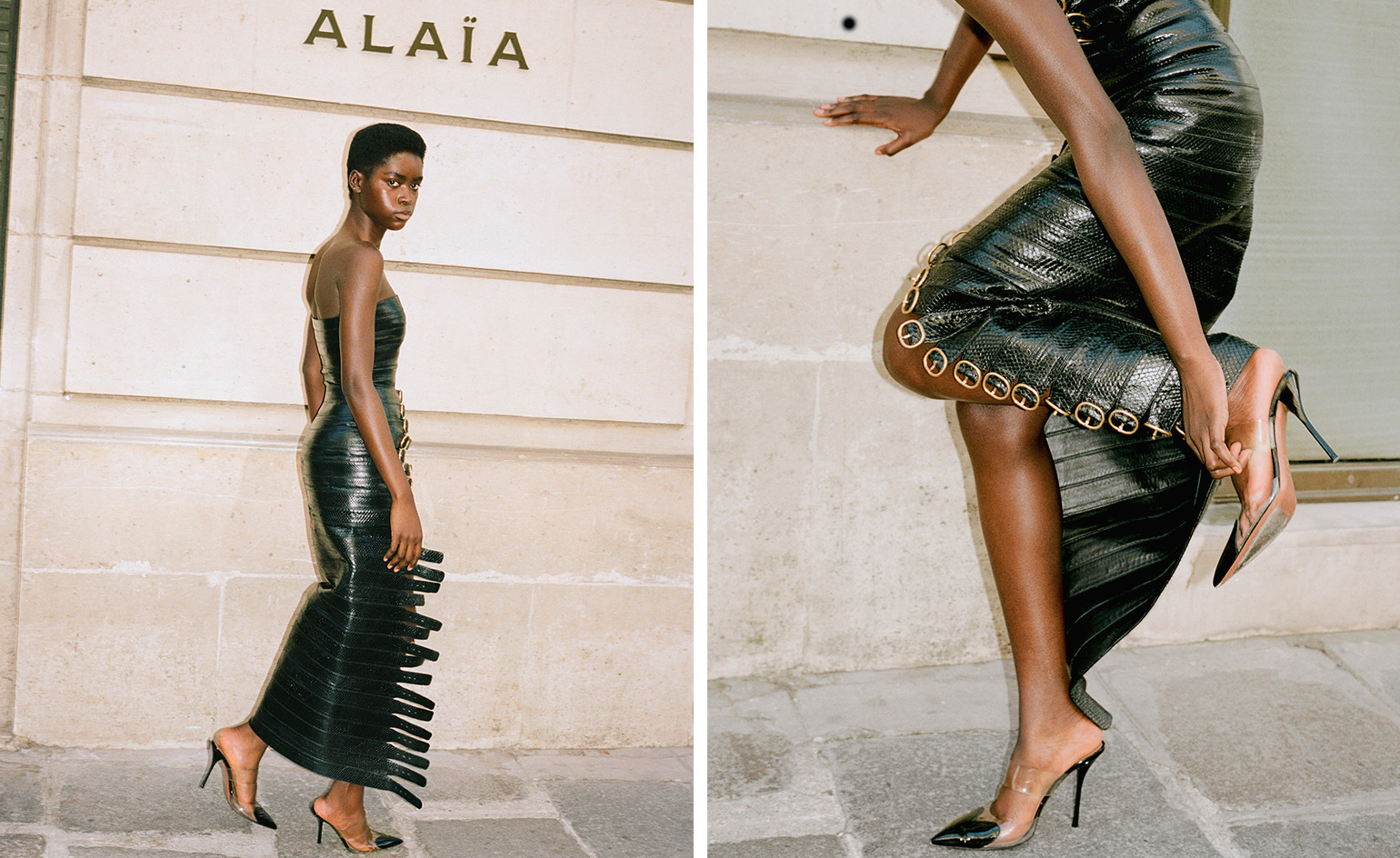 ‘Modern beauty’: Pieter Mulier on his new vision for Alaïa
‘Modern beauty’: Pieter Mulier on his new vision for AlaïaAs creative director of Alaïa, Belgian designer Pieter Mulier honours the timeless vision of the maison’s founder while rewriting the past anew. Here, speaking to Jack Moss, he tells the story behind his first year at the house
-
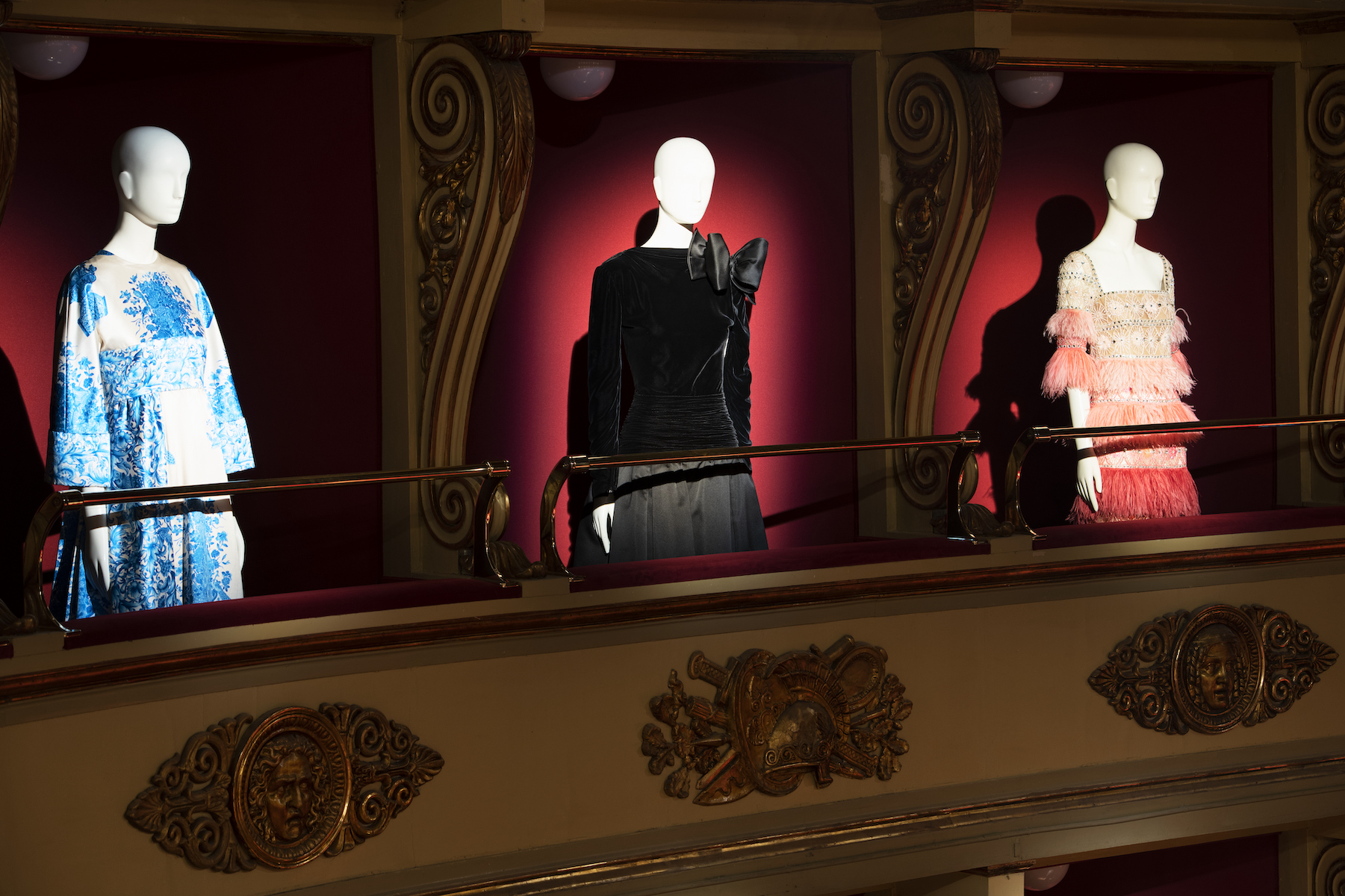 Valentino’s theatrical new exhibition celebrates the house founder’s 90th birthday
Valentino’s theatrical new exhibition celebrates the house founder’s 90th birthdayAt Teatro Sociale di Voghera, a new exhibition marks seminal designer Valentino Garavani’s 90th birthday, collating pieces from his time at the helm with ‘Valentino red’ taking centre stage
-
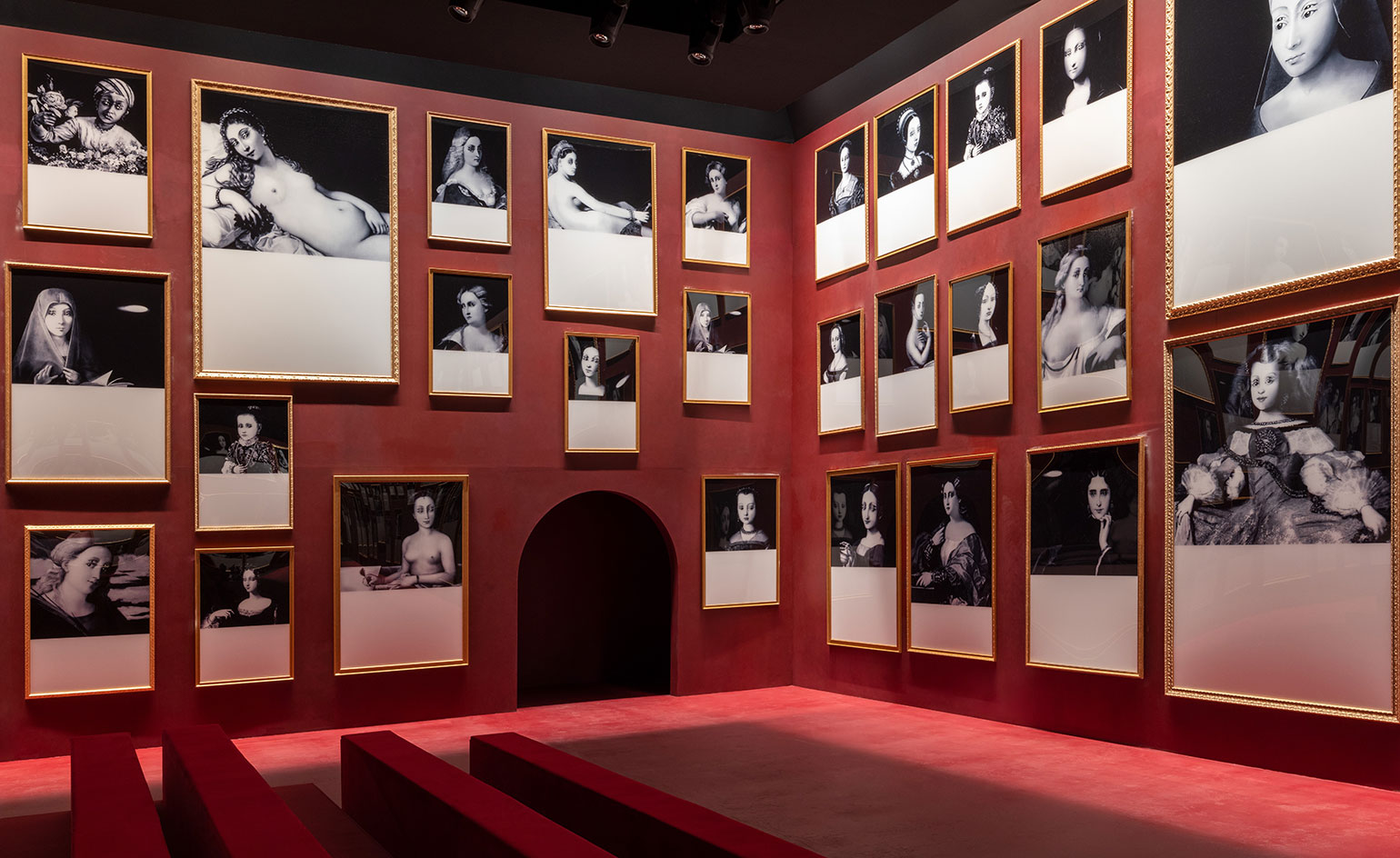 Mariella Bettineschi’s feminist artworks survey guests at Dior A/W 2022 show
Mariella Bettineschi’s feminist artworks survey guests at Dior A/W 2022 showAs guests gathered at Dior’s A/W 2022 womenswear show venue in Paris, sets of duplicated eyes stared down at them from the artworks of Mariella Bettineschi
-
 Paris Fashion Week A/W 2022: Chanel to Miu Miu
Paris Fashion Week A/W 2022: Chanel to Miu MiuIn this extended report, Wallpaper* updates you live from Paris Fashion Week A/W 2022 shows, with rolling coverage as runway events unfold
-
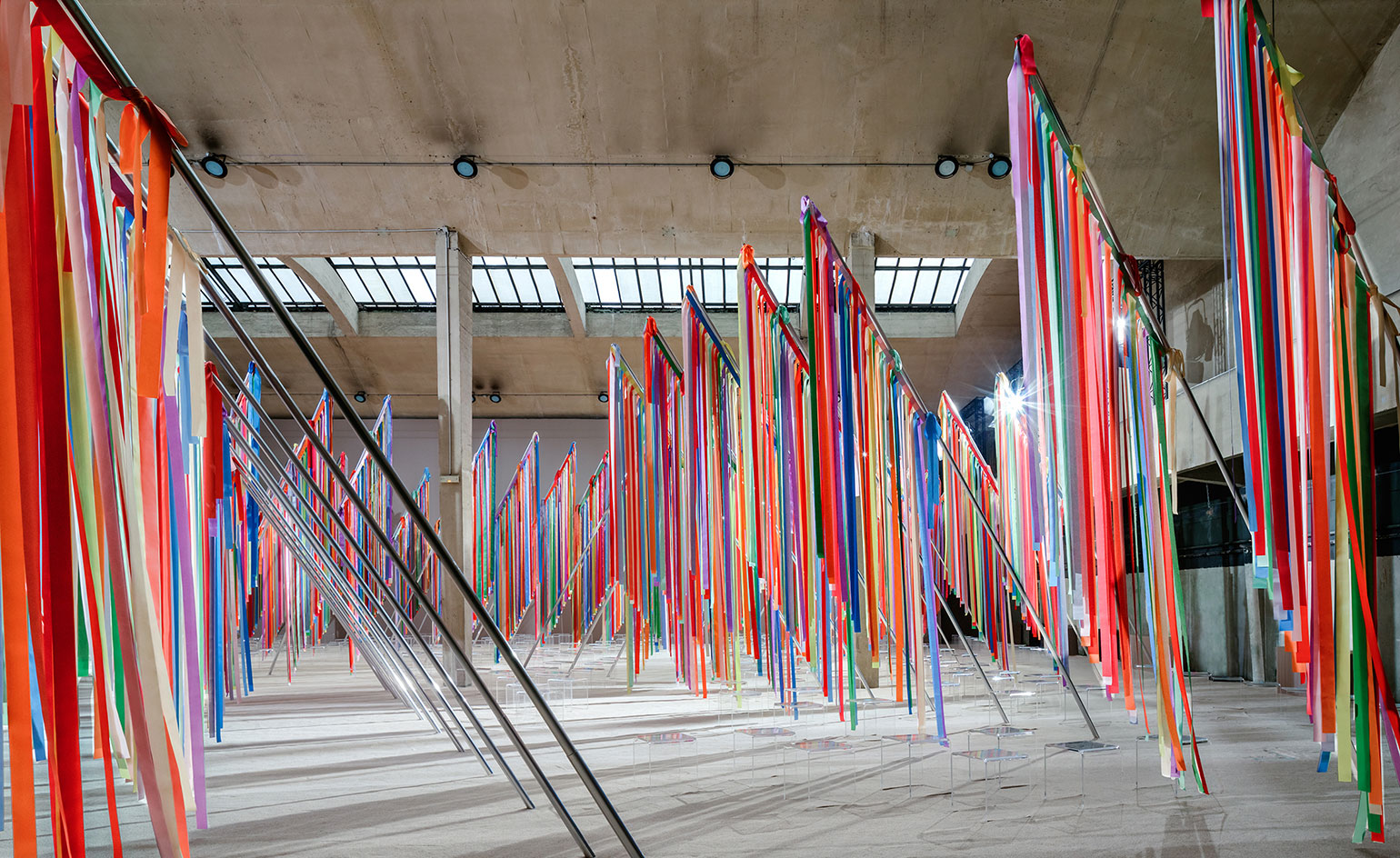 Scene-stealing runway sets from A/W 2022 menswear shows
Scene-stealing runway sets from A/W 2022 menswear showsA Kubrickian space odyssey at Prada; a recreation of the Pont Alexandre III in Paris at Dior; and colourful, artist-created flags at Loewe: explore the best runway sets from the A/W 2022 menswear shows